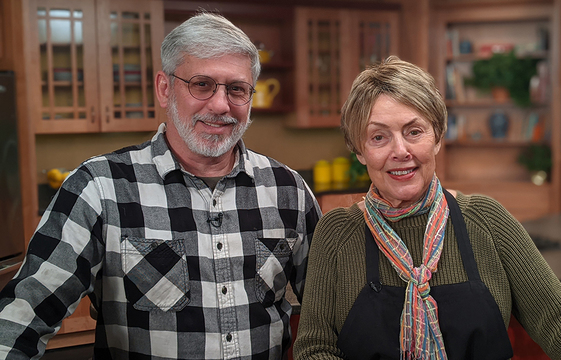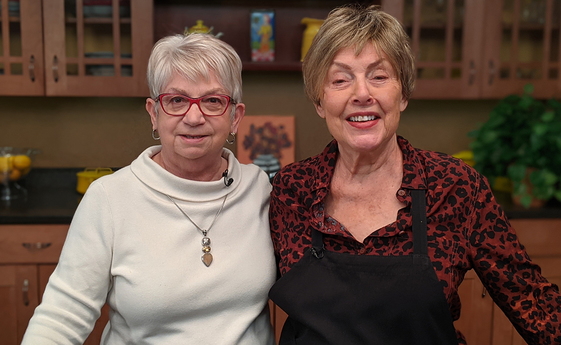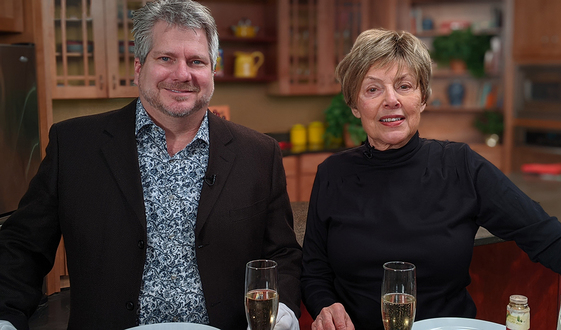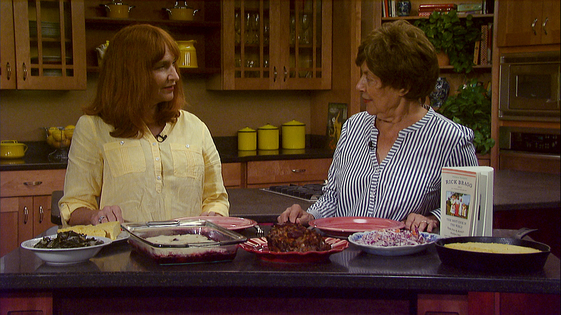From the book: The Best Cook in the World by Rick Bragg
- About 2 or 3 bunches of collard greens
- 1 small piece fatback or hog jowl or about 2 slices of bacon
- 1 small whole pod hot pepper, such as Cayenne
- 1 small clove garlic
- 1 tbsp of salt
- 1 tbsp of sugar
Directions
1. Wash the collards at least three times: grit clings to collards, in the wrinkles at the edges of the leaves and between the stalks.
2. Chop the small stalks and leaves into pieces about the size of your hand and wash them once more. Do not be alarmed if you have a monstrous pile of collards; they will cook down. How much of the stalk you use- the thick, main stalk closest to the cut—is a matter of taste. My mother uses almost no stalk, though some cooks say it will add a little flavor, and a little texture to the finished dish. She thinks such people just don’t know collards.
3. You don’t have to cover your collards in water. Just use 2 or 3 cups and bring them to boil in a large covered pot. Add the fatback or bacon (if you use bacon slices, cut them into thirds) and the whole pepper, the whole clove of garlic and the seasonings. If you must, substitute for the pepper pod three good dashes of hot, clear pepper sauce, but no more than a good teaspoon.
4. Reduce the heat to low, cover, and cook for about 2 hours, adding water, if necessary, as it cooks out, still being careful not to drown the leaves with too much water. Stir every 15 minutes, at least. Some cooks like to use a set of tongs instead of a large spoon to move the collards around. “There should be very, very little liquid left in the bottom of that pot when your collards are done,” my mother said.
5. Time is of the secondary importance, she stressed, as a measurement in the cooking of collards. Texture is paramount. Cook them until the leaves are tender, but not till they disintegrate. So pay attention as they cook, and take a leaf or two from the pot to test it, after about 1 ½ hours. You should be able to cut easily through the collards with a fork when they are done. Collards should be leafy, and should seem, well, substantial, almost dense, and not be in shreds or ropes after they cook, as other greens can be.
6. Do not confuse collards with turnip greens, spinach, or mustard greens, and never mix them. Though it is acceptable for turnip greens and mustard greens to get mushy , mushy collards are terrible. “If you want mushy collards, open a can,” My mother believes.
7. And be sure to taste when you test the, for texture. If they are too bland, add a little salt to the pot.
8. You do not want overpowering heat in this dish, so be careful when choosing the fresh pepper. She likes cayenne, but some people like jalapeno, or even a Serrano. A good rule is to avoid anything bigger than your little finger. And try not to break it as you stir the collards. This a fine point, but an important one. Never, ever slice or dice the pepper—or the garlic, for that matter—as it will make those flavors overpowering.
9. Dried pepper will suffice in this dish, but, again, use a whole pod. But you can find hot pepper year round at grocery stores; about the only great improvement my mother seems to admit to in the last 30 years. My mother grows her own, in cut-down milk jugs, shaded by a rock wall.
10. Many people, like me, like sweeter collard greens. You can adjust the sweetness, to taste.
11. Again, try to season your collards as they cook, instead of just smothering them in extra pepper sauce on the table or in the serving bowl. It will greatly alter the flavor—not the pepper so much as the strong pickling vinegar the peppers are preserved with—sometimes to such a degree that you cannot even taste the savory greens. Stick to clear hot-pepper sauce; if you want to slop a lot of red-pepper sauce on your greens, she believes you should never be offered any good greens to start with. “I don’t Know why people feel like they got to mess stuff up,” she said.
12. Unlike beans, which can be cooked more or less unless they are old, collard greens can be a little more complicated, as Jimmy Jim warned. “Some collards will be tough when you pick them late in the season but they’ll have more flavor,” My mother said, “sometimes collards can be bitter. I think it is because of the dirt they come from. Nowadays, you can get collard greens out of season at the grocery store, but I don’t buy those collards. I don’t know where they’re from, or who grew’em, or nothing. I like to eat collards in season, took from our own dirt. But even odd collards is better than no collards, I suppose.”
13. The old ways are hard to discard. The secret to good collards is the old admonitions to pick them, or buy what you believe are fresh greens, after the first frost, which might sound like folklore but may have some scientific basis. “It ain’t no myth. It’s nature.”
14. You cannot trick nature by just chucking them in the freezer for a minute of two, she believes. Frost falls from heaven, my mother says, as dew. Dew does not exist in a Frigidaire.



 Watch Now
Watch Now






